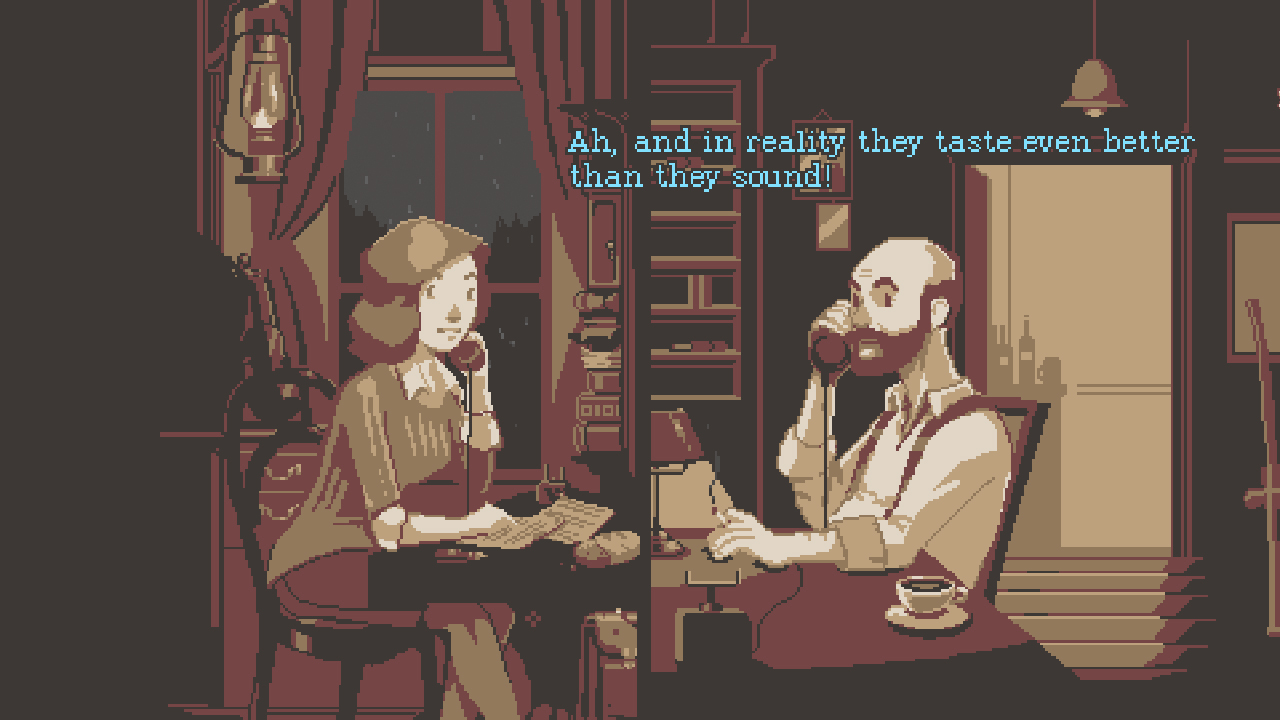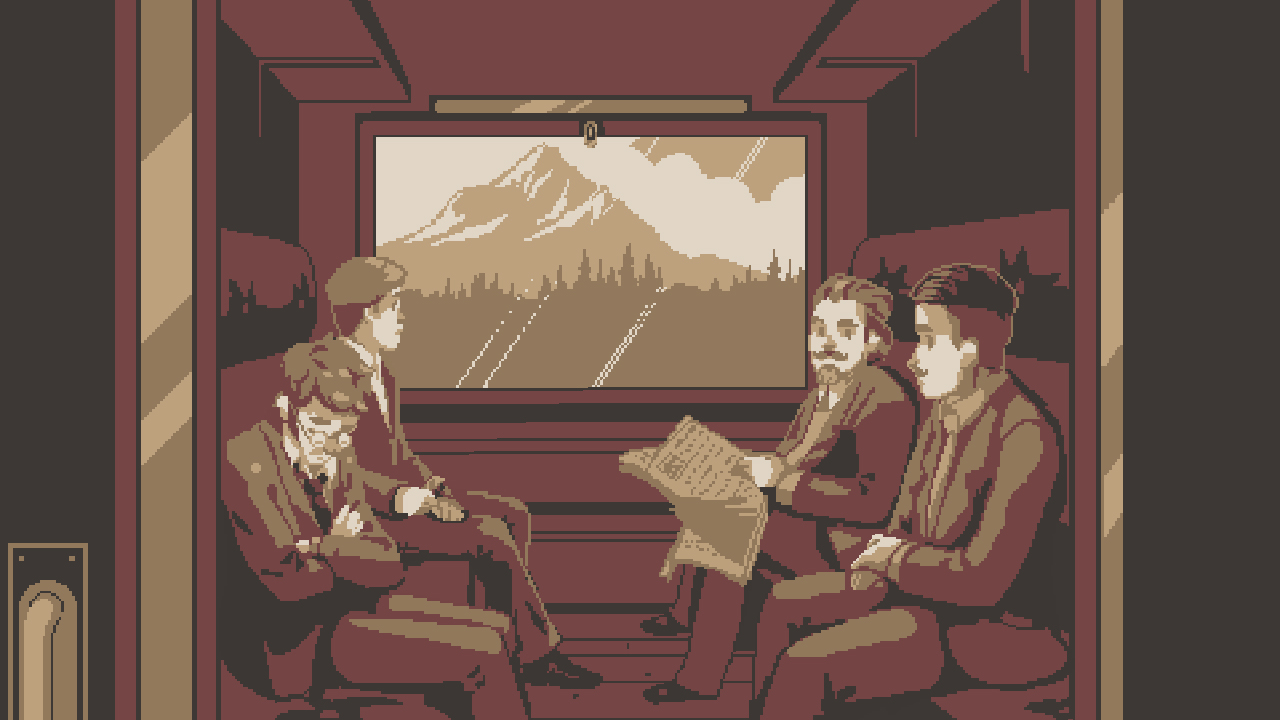If there’s one thing I’ve found recently, it’s that I’m rarely disappointed when I cave and buy intriguing looking discounted indie games on the Nintendo eShop. The Lion’s Song was yet another indie title with beautiful artwork that did not disappoint – so naturally, I had to talk about it!
The Lion’s Song is a 2016 title by Mi’pu’mi Games, based in Austria. It’s a decision-based, point-and-click game made up of four episodes taking place in Austria at the beginning of the 20th century. Each episode follows a different character who must overcome some sort of struggle in their life. The first follows Wilma, a prodigal musician and composer struggling to write a much-anticipated symphony.

The second follows a tormented artist, Franz. The third follows Emma, a budding mathematician attempting to solve a problem whilst fighting to be accepted as a female mathematician. The final episode connects these stories together. Whilst the stories are engaging on their own, the game also weaves a rich tapestry that connects them together. Many of the same characters and locations return in later episodes, and the decisions made in one character’s story can influence the player’s potential choices and outcomes in later episodes. The player is encouraged to replay certain parts of the episodes to reveal new opportunities and is informed of how their own choices line up with those of other players.
I must admit I was very pleasantly surprised by The Lion’s Song. For what is a short experience on a first playthrough, the game is filled with genuine beauty. The narrative created by the developers is truly emotional, in all its hope and bleakness. It provides a nuanced image of each character’s personal struggles and in what is a short period of time makes you care for them intensely. This, I think, is only emphasised by the artistic direction of The Lion’s Song. The sepia lens used to tell the story is at once nostalgic, comforting and inviting; it’s really quite beautiful to look at and it helps to establish the historical setting. And yet it is equally a little bleak, at times helping to indicate the monotony of the character’s lives. The pixel art is charming and communicates the emotion of each story with ease.
The classical soundtrack is the true highlight, however, and deserves its own separate paragraph. I would strongly encourage you to go check it out yourself (there’s a link to an example here). From the greatest symphonies to the smallest sound effects, The Lion’s Song really shines in its use of sound, and these elements make the game the emotional experience that it is. And not only that, but this music is what you might call ‘dynamic’; in episode one, for example, which follows a young woman writing a symphony, the symphony you experience at the end changes depending on the choices you’ve made. Music has always been an important part of gaming for me, and a good classical soundtrack makes this game so much more touching.

To sum up, The Lion’s Song is yet another beautifully constructed indie game that combines an interesting narrative with gorgeous art and sound. And what’s more, the first episode is available for free on Steam if you want to try before you buy.
The Lion’s Song is available from the Nintendo eShop, Humble Bundle, the App Store, Google Play, Microsoft and Steam.

